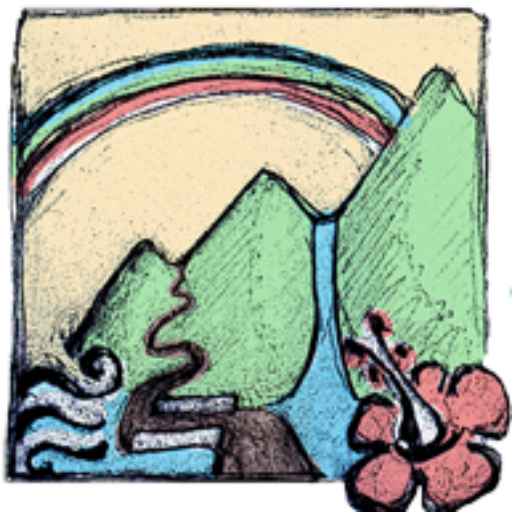Hawaiian Flower
Hawaiian Flower
The Islands of Hawaii are known for their stunning natural beauty, and within this paradise, we have an abundance of brilliant Hawaiian flowers. From the Maui beaches to the volcanic terrains of the Big Island, the scenery is filled with blooms that have cultural, spiritual, and aesthetic value. A Hawaiian flower transcends its physical form, becoming a symbol of aloha, love, and connection to the natural world.
In Maui, we find a tropical climate, along with rich volcanic soil, that presents almost a perfect atmosphere for Hawaiian flowers, which blossom all year round. Visitors will be given fresh floral leis, visit on display gardens of colorful flowers, and find the wildflowers along hiking paths. As you go to a local luau or walk through Lahaina’s streets, the scent and beauty of a Hawaiian flower are ever-present.
Native Hawaiian Flowers
Many types of Hawaiian flowers are endemic to the islands, which means you won’t find them anywhere else in the world. These unique species have grown throughout millions of years in Hawaii’s isolated setting. Also play a very important role in the life of native Hawaiian birds and pollinators, do native flowers are the backbone of the local wildlife.
On the islands of Maui, you’ll find below
- ʻŌhiʻa Lehua is a brilliant red or orange flower which grows on the ʻōhiʻa tree, in many cases seen in volcanic areas. Also a symbol of strength and resilience.
- Hibiscus Brackenridgei known to the locals as the yellow hibiscus which is also the state flower of Hawaii and may be seen in some parts of Maui.
- Naupaka a coastal shrub which has strange half flowers that grows by the beaches and in the mountains.
- Silver sword although not what you would call a traditional “flower” this rare plant which grows on Haleakala, produces a single beautiful bloom in its lifetime.
- Native Hawaiian flora is an issue we should pay attention to in terms of preservation which is a element of protecting biodiversity.
Many of these plants also grapple with issues of habitat loss and invasive species, which in turn makes conservation a top priority.
Maui’s Flower
In the 19th century, the lokelani, what we today think of as the pink Damask rose, was introduced to the islands’ soil. It did not take long for this flower to become a symbol of Maui’s charm and romance. Today, the lokelani is put into leis and traditional ceremonies, which use it as a symbol of love and beauty.
Beyond its official flowers, Maui is home to a great many other types of flowers that color the island. In the Upcountry of Maui, you’ll see protea farms, lavender fields, and tropical gardens which are overflow with hibiscus, plumeria, and orchids. Also, wild Hawaiian flowers grow along the hiking trails in Iao Valley, on the slopes of Haleakalā, and even at the coast, where sea breezes bring their scent. Maui\’s celebration of its floral heritage is put on display at local festivals and botanical gardens, which feature Hawaiian flowers.
Different Types of Hawaiian Flowers
The array of Hawaiian flowers is very impressive, which goes from very bright tropical blooms to very subtle fragrant blossoms. In Maui, you’ll find the following popular flowers:
- Plumeria is known for the sweet fragrance of its blooms and which is also used in leis.
- Bird of Paradise is a tropical flower that has a distinct shape of a flying bird.
- Anthurium, which has glossy red or pink flowers used in tropical arrangements.
- Ginger in Maui, you’ll see both the red and white varieties, which pop in the landscape.
- Orchids, we have a great variety of them, which is what makes them a favorite of gardeners and florists across the island.
Each type of Hawaiian flower has a cultural value and is used in ceremonies, in giving as gifts, and for decorations. The bright colors of the flowers’ rich fragrance bring a very unique feel to the Hawaiian culture.
Conclusion
In the case of the Lokelani, which is the official flower of Maui, the ʻohiʻa lehua, which is native, or the plumeria, which is tropical, each Hawaiian flower has a story of the islands’ past, culture, and natural beauty. To visitors, Maui’s gardens, forests, and coastlines, which are filled with these flowers, are a paradise to see up close. For residents, Hawaiian flowers are a part of daily life and tradition. By loving and conserving the Hawaiian flower, we put a piece of Maui’s identity in a safe place for future generations to enjoy.
